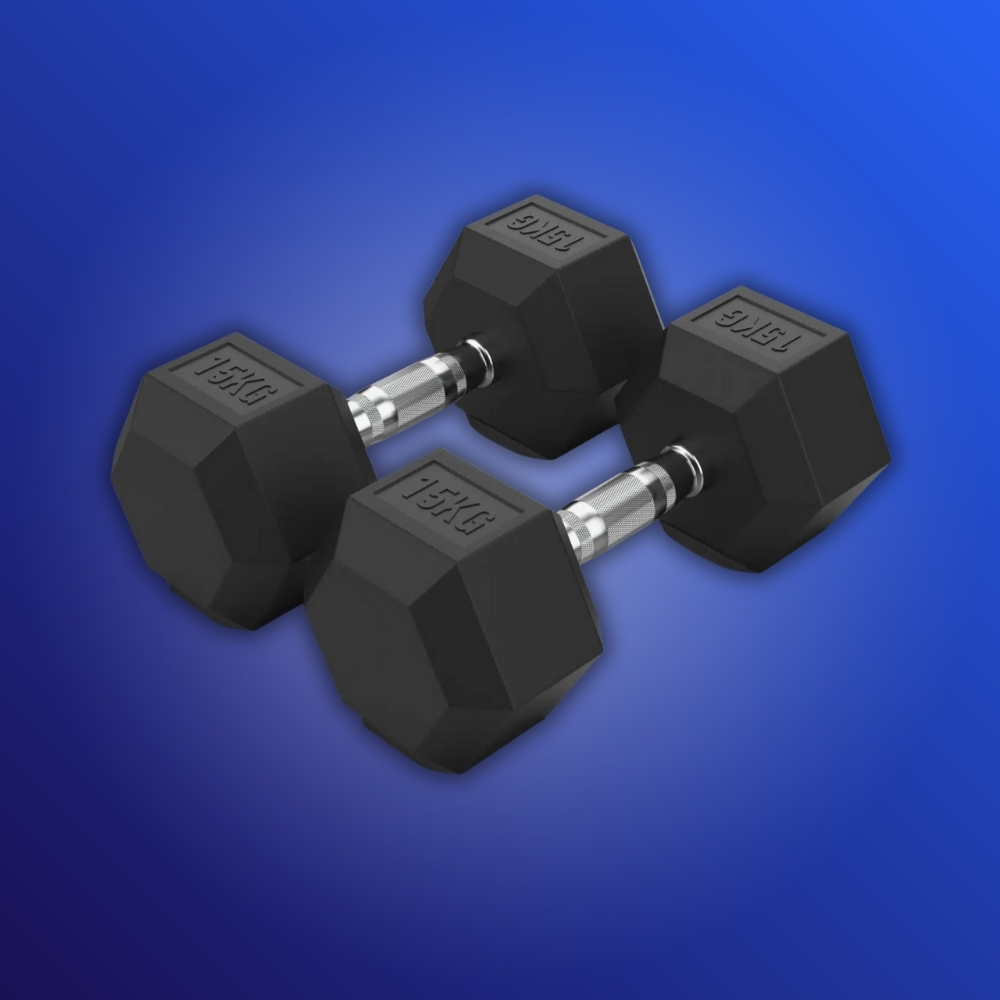As a 20-year-old university student, Kevin Boehnke just wanted to play ultimate frisbee to unwind. But over the course of several months, he developed a stabbing pain in his hands and wrists that made it hard – and unpleasant – to play. Soon he couldn’t even play beer pong without the intrusive hurt.
So Boehnke did what you’d probably do, too. He went to a doctor and got it diagnosed.
Tendinitis, they said. Yet after several weeks of ibuprofen and physical therapy, he was still in agony. When pain started radiating into his elbows, shoulders, back and neck, Boehnke visited other doctors for more opinions. Each one had the same numerical approach toward gauging discomfort: “Where do you fall on a scale of zero to 10? Zero being no pain and 10 being the worst you’ve ever experienced”.
And no matter what he said, no one could pinpoint a cause. You might well find yourself in a similar predicament at some point (if you haven’t already), given how Australia’s collective health is trending.
About one in five Australian adults now suffer from chronic pain, most commonly neck and back aches. Some suffer every day. The longer you live, the higher your odds of discomfort. Weight gain, accidents, cancer treatments and sports injuries can all have uncomfortable complications.
To gauge – and hopefully assuage – the hurt, many medical professionals have been asking some version of the pain-scale question since at least 2001, when the US Joint Commission introduced the idea of pain as the fifth vital sign – a metric that should be tracked alongside blood pressure, heart rate, temperature and breathing rate to certify normal health. Pain, after all, is a symptom of real trouble somewhere in your body.
Assess it better, the logic went, and our pain problem could be treated with much greater precision. That hasn’t happened. Like a lot of other chronic-pain sufferers, Boehnke kept seeing doctors and saying numbers. The higher the number, the more stressed he got about his situation, which only made him feel worse. In 2009, after 13 months of suffering, Boehnke finally landed in the office of Dr Dan Clauw, a specialist in chronic pain and fatigue. And
Clauw asked him some questions he hadn’t heard before. Instead of focusing on sheer pain level, he wanted to know how Boehnke was living with it. What was his pain preventing him from doing? What had he tried that made him feel better or worse? Boehnke was intrigued. All of a sudden, he was talking about his pain in a new way. He was explaining not just how much it hurt his arms and back but also how it hurt his life and his to deal with it. And that opened the door to effective methods of managing it.
Not only had Boehnke discovered how to communicate about this better, but Clauw was also able to determine the true culprit, fibromyalgia, a chronic-pain disorder involving the central nervous system. More doctors, nurses and scientists are feeling Boehnke’s pain and speaking up about the problems that stem from using a simple numerical pain scale in clinical practice. “Merely answering the pain scale keeps most of us from talking about pain in more useful ways,” says Mark Hutchinson, a neuroscientist at the University of Adelaide. “And our reliance on it
is likely keeping us in pain.”
How the scale rose
The original zero-to-10 scale isn’t intended to diagnose your pain at all. It was designed for something far more specific: to assess how well treatments are working in clinical trials. And it’s still good at that.
The problem is that in the early 2000s, hospitals and doctors’ offices adopted it as a sort of better-than-nothing shorthand, and it continued to spread.
“There are no language barriers with the numeric pain scale, and a number is something you can get over the phone,” says pain specialist Dr John Farrar. Easy is one thing; helpful is another. Part of the issue isn’t even the scale itself; it’s our human response to picking a number on it.
Pain is so relative that two guys with the same backache might rate it totally differently, even though neither of them can sit at a desk for an hour at a time. And the difference between saying something is a 4 and a 6 can change the treatment you receive. Many docs deem a score of 5 or higher as the point at which meds are given for acute pain.
The number scale is particularly fraught for men, who often downplay how much things hurt. One study found that men tend to underreport their pain to female practitioners. Technology may eventually be able to pick up some of the slack. Researchers are working on next-generation methods to help doctors objectively quantify pain. That includes Hutchinson, who is developing a blood test that could track chemicals that are released when the body’s hurting.
It could measure the severity of someone’s discomfort within minutes. Other inventions are looking at how our pupils respond under stress, or how brain-wave frequencies can shift.
“Doctors don’t just ask someone if they have a fever; they use a thermometer,” says Dave Thomas, a member of the NIH Pain Consortium in the US. “We need to get a better biological picture of pain so we can treat it better, and I think we’re pretty close to bringing technology that does that into clinical settings.”
Until these are ready for the real world, you can still use the pain scale: It can be a convenient way to communicate change quickly. But also try the following strategies to take the discomfort and irritation out of the whole pick-a-number conversation.
The pain of missing out
Say what your pain prevents you from doing.
“A lot of us are moving towards asking pain patients two or three things they can’t do because of their pain that they’d like to do, whether it’s playing a round of golf or picking up their kid,” says Clauw. If your doctor doesn’t ask, volunteer the information.
“When we can get people to focus on those things, it’s more likely to inspire them to try different therapies and be okay with steps in the right direction. It’s a lot more motivating than getting their pain score down from a 6 to a 4.”
Or trying to get to the mythical zero. Shifting the focus to how you can get back to what you enjoy doing may also stop pain from stopping you. That’s what happened with Boehnke, now 33, who learned to ditch the ‘I’ll always be in agony’ frame of mind.
“I went from rushing around trying to manage a high pain-scale number to paying attention to what was helping me have fun with my girlfriend or play ultimate frisbee again,” he says. “I also learned to check in with myself and adjust what I do on a given day based on how I feel. That helps me set realistic expectations, which in itself tends to lessen my pain.”
Shifting away from numbers also helped Boehnke avoid looking for a ‘six-over-the-sightscreen’ solution and instead ‘nudge singles’ with a mix of therapies, which for him include acupuncture, massage and yoga. So eye-opening was Clauw’s approach that Boehnke is now working in his lab, aiming to better understand how certain drugs might be useful for chronic-pain management.
The big picture
Describe your pain throughout the day. “The pain scale gives us a point-in-time reading, whereas tracking symptoms across a day or week gives us a more complete picture of what you’re up against,” says Clauw. That gets doctors ability closer to a diagnosis and treatment plan. In the category of annoying but potentially really helpful: download an app like My Pain Diary that prompts you to record your symptoms daily. Then all you need to do is show your phone to the doc to indicate how your pain waxes and wanes. Discuss which treatments you’ve already tried. If you have a chronic condition, it’s important to track and share with your doc everything you’ve done so far – from acupuncture to steroid injections to yoga.
“Talking about the stuff that failed redirected me toward treatments and therapies that ultimately worked better,” says Boehnke. “And talking about the things that did work, even if they felt like very small wins, helped me stay hopeful and stress less.” Over the past 13 years, Boehnke has figured out how to talk about his pain – both to his doctors and to himself – and he says it’s been key to helping him feel relief. “I started out just trying to defeat my pain,” he says. “Now my goal isn’t to get to a zero.” It’s to have a full life. It may include pain sometimes, but, then again, that’s life.
What else to mention
Whether your doctor asks you or not, you should provide an answer to this question, says Dr Sean Mackey, chief of the Division of Pain Medicine at Stanford University What do you believe caused your pain? In the typical doctor-patient scenario, the patient isn’t usually encouraged to hazard a lot of guesses about this. But here’s why it’s important to mention: If you have back pain that you think is caused by a disc protrusion and you’re concerned that if you move, you’ll become paralysed, you need to bring it up and the doctor needs to pay attention, Mackey says. This mindset could affect your willingness to try movement-based treatments like physical therapy, even when those therapies may be recommended and safe. A doctor has to know your perspective so you can work through it together. And that’s key when it comes to pain. Feeling like you’re collaborating can go a long way. There’s some evidence that if you believe in your treatment and in the doctor prescribing it, you’re better able to tone down or manage the hurt.













